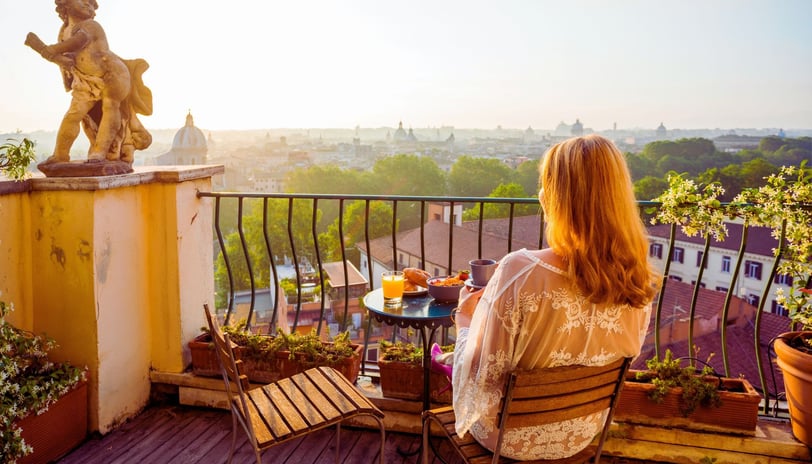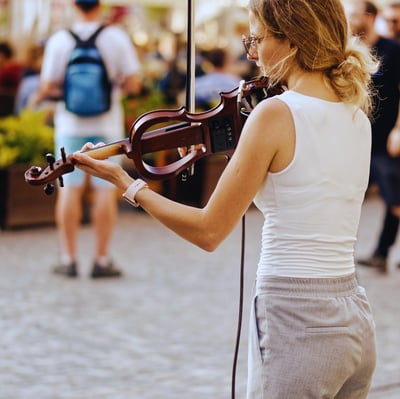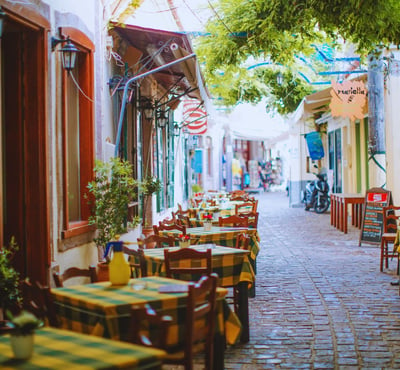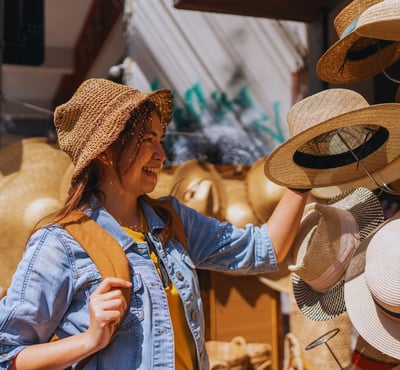Rituals of the Road: Small Habits That Transform Travel


Beyond destinations, a journey is shaped by the quiet rituals we carry.
The Art of Traveling with Intention
Travel is often seen as a movement across space—a crossing of borders, an arrival at coordinates. But beyond logistics, every journey is shaped by the quiet rituals we carry, the small habits that shift a trip from mere movement to deeper presence.
It is easy to focus on itineraries—on the curated lists of must-see locations, best restaurants, and recommended activities—but there is another way of traveling. A way that is less about checking boxes and more about immersing. These simple, intentional practices become a framework for slowing down, listening, and being fully present in the unfolding experience of a place.


Carrying Small Anchors: Objects & Gestures That Bring Continuity
In the transient nature of travel, having something constant—a familiar touchstone—helps bridge the unfamiliar. It could be a scarf that has traveled through different continents, a notebook where fragments of impressions are scribbled, or a single photograph tucked inside a bag.
These objects become anchors, allowing a sense of grounding even in ever-changing surroundings. They hold stories, absorb memories, and in quiet moments, they serve as reminders of the greater journey beyond logistics.
Beyond objects, gestures carry continuity. Some travelers follow a ritual of sitting quietly for five minutes in every new city, letting the pulse of the place settle before moving forward. Others have a habit of writing the first impressions of a destination before letting themselves be influenced by guidebooks or recommendations. These small actions shape perception, turning travel into an act of intention rather than passive observation.


The Ritual of Noticing: Tuning into the Soul of a Place
Most travelers are eager to see, but few take time to notice. The difference lies in attention—the choice to engage with a place not just through its grand landmarks but through its textures, rhythms, and voices.
To cultivate this habit, practice noticing before capturing. Before reaching for a camera, sit with the visual details. The layers of peeling paint on a wall, the way light moves through an alley at different hours, the quiet exchange between vendors at a street market—these nuances shape the deeper character of a destination.
There is a ritual to listening before moving—allowing the city’s pulse to reveal itself not through structured tours but through the raw, unfiltered moments happening in between.


Eating as an Act of Understanding
Food is more than sustenance; it is a cultural conversation. Choosing a meal is choosing an experience—how the dish is prepared, how it is served, who eats it, and where.
Some travelers make it a ritual to always begin their time in a new city with a meal among locals—avoiding tourist-dense spots and instead following the natural rhythm of daily dining. To eat with care is to absorb a place beyond its surface—to understand the spices carried through migration, the regional influences shaping its cuisine, the generational hands behind the recipes.
Beyond choosing where to eat, the way one interacts with food shapes the travel experience. Buying fruit from a street vendor, sharing a dish with a stranger, watching a local baker at work—these small choices create encounters, transforming meals into narratives.


Leaving Something Behind (Without Leaving a Mark)
While travelers often focus on what they take from a place—photographs, souvenirs, memories—there is meaning in what is left behind.
Leaving a trace is not about ownership or imprint but about reciprocity. It could be writing a letter to a city—a note tucked into a book left at a café. It could be a conversation with someone that reshapes their perception of travelers. It could be practicing responsible travel—supporting local artisans, respecting cultural customs, minimizing environmental impact.
To travel with presence is to recognize that destinations are not merely backdrops for personal experience, but living entities with their own histories, voices, and rhythms.
Conclusion: Travel as a Living Practice
Ritual is what transforms movement into meaning. It is what separates a hurried checklist from a journey that lingers. These small, intentional habits shape how a traveler interacts with the world, how they remember places, and how places remember them.
Ultimately, it is not the number of destinations visited that defines a journey—it is the depth of attention given to each one. And through these quiet rituals, travel ceases to be about mere movement. It becomes a practice.
✉️ Contact:
Curated by TrueTrip Hub |
© 2025 Invisible Atlas — All rights reserved.
Invisible Atlas
Journey Beyond the Visible
invisible.atlas@truetriphub.com
